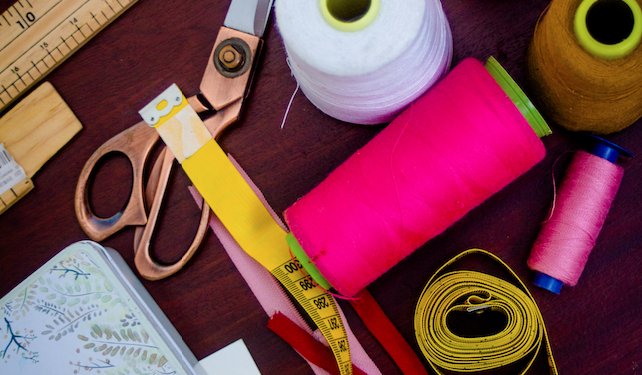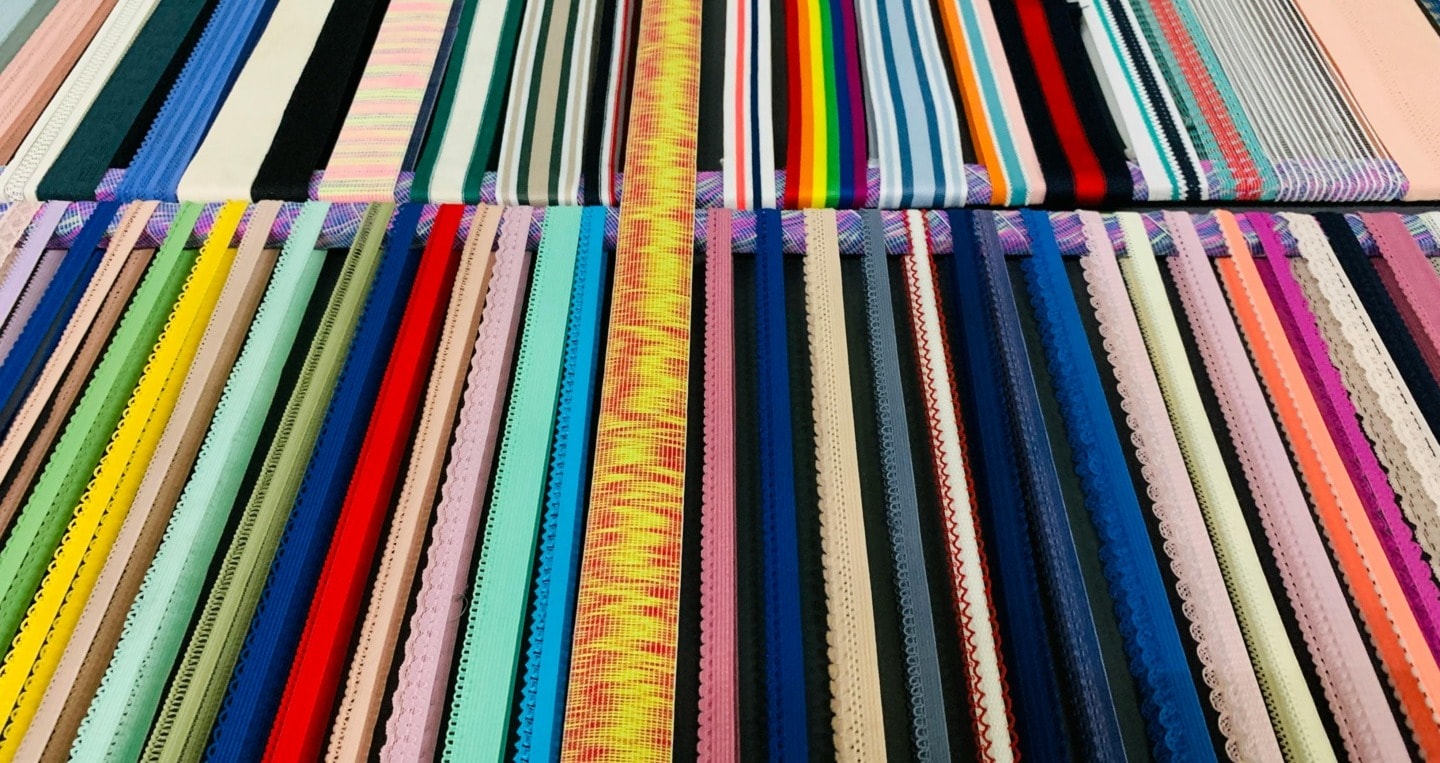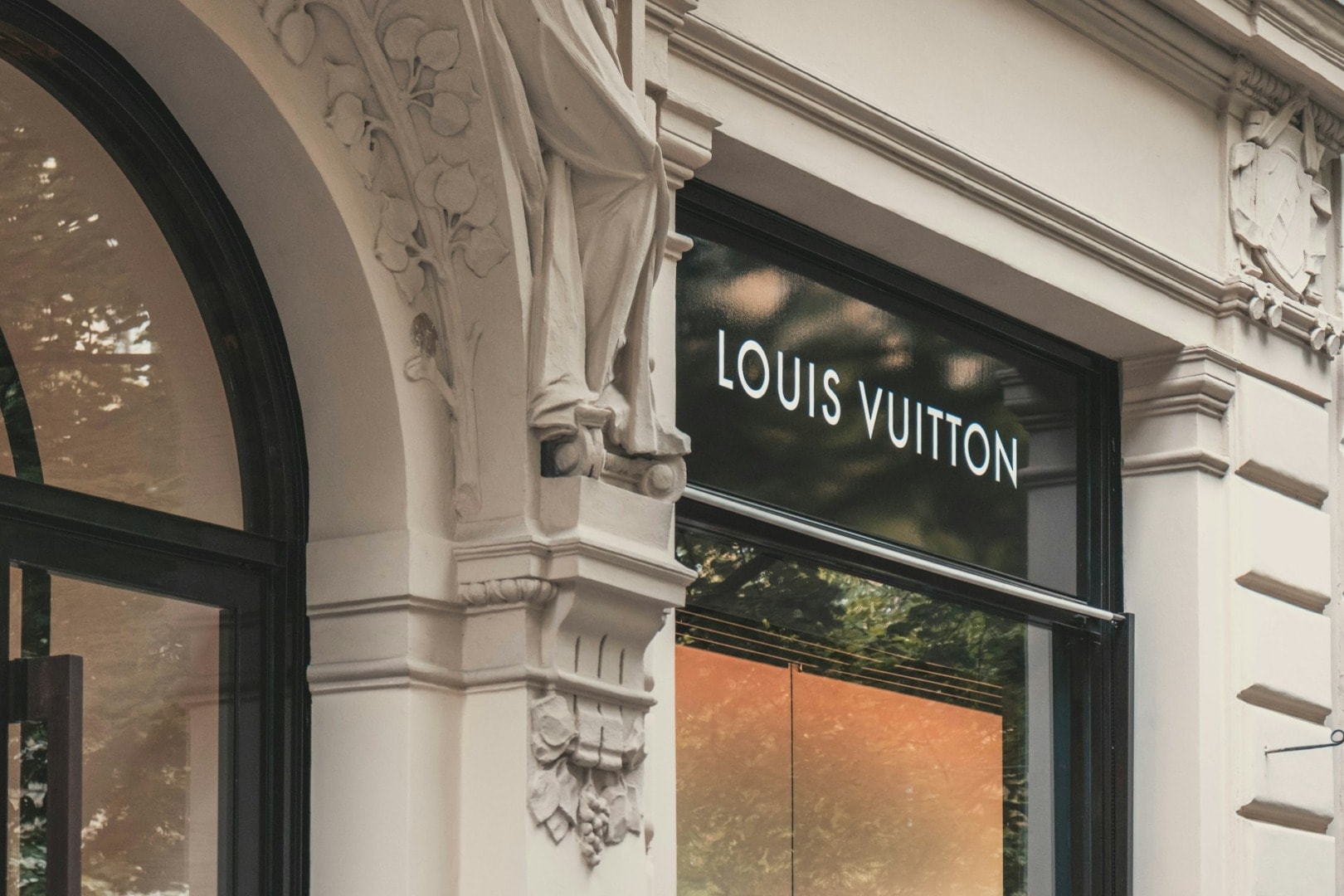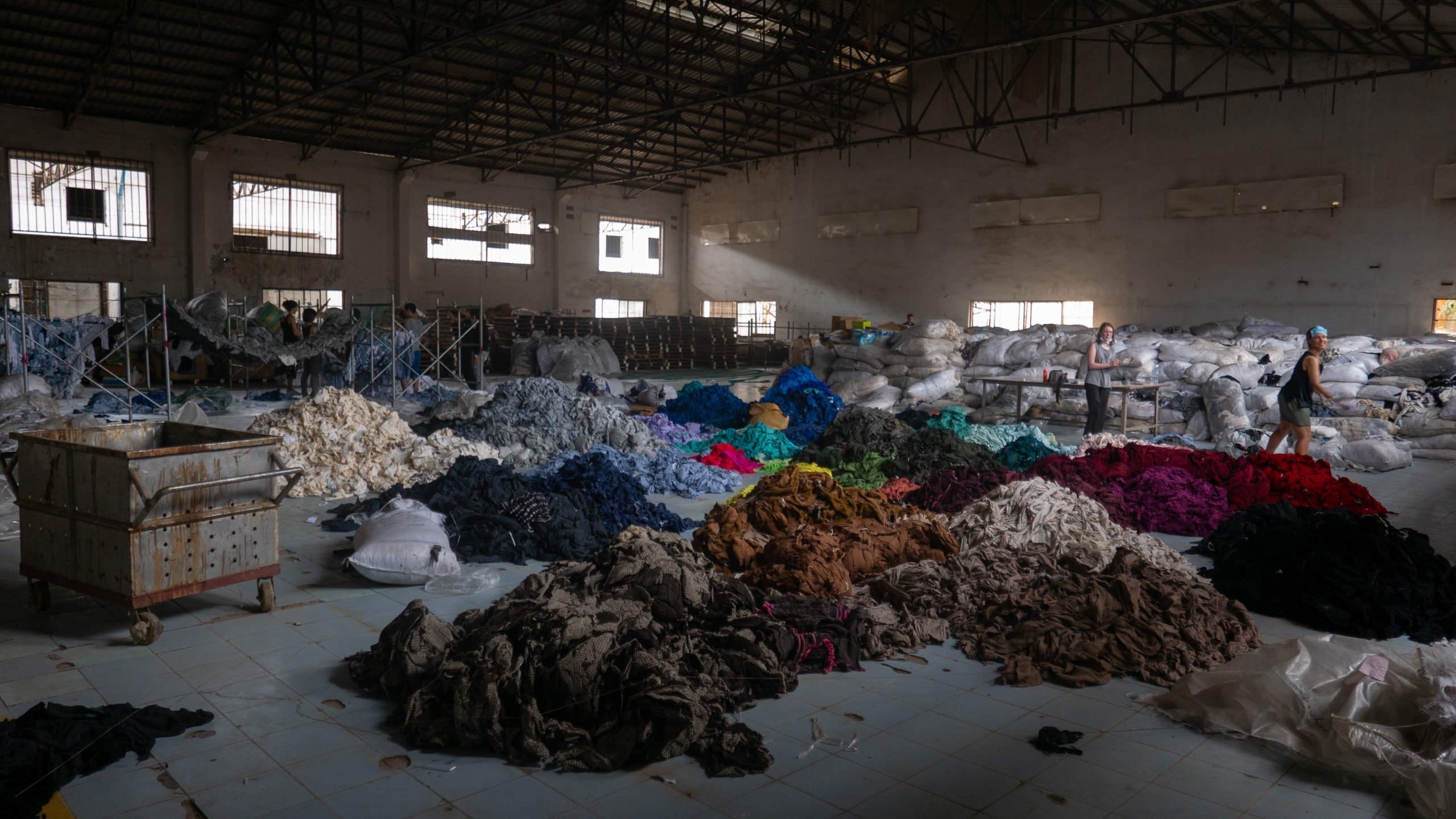Recently, average consumers have taken an interest in environmental preservation which has led them to purchase from more ethical brands.
Creating new fashion from upcycled materials is a way for brands to boost their ethical image in the eyes of the consumer. Eco-conscious shoppers seek out products with little environmental effect while avid eco-conscious shoppers want to purchase from brands that positively impact the planet. Upcycling materials checks both boxes.
While production is more costly, we’re seeing a lot of popular brands participate in the wave of upcycled fashion. Even some fast fashion brands, like H&M, have unsuccessfully attempted to mesh with this trend only to be accused and found guilty of greenwashing.
Regardless, H&M’s phony effort to mold to their consumers’ needs proves just how valuable our money is to them. To please their customer, brands will constantly readjust their business models, and incorporating upcycled fashion into production is a suitable modification to appease eco-minded consumers.
What Can Be Upcycled?
If you’ve ever seen the Unconventional Challenges on Project Runway, you already know that almost anything could be upcycled and used for a new garment. Materials like plastic, aluminum, cork, or even glass can be repurposed.
However, most brands do not take upcycling to such an extreme level. Usually, materials for upcycling are limited to fabrics like cotton, denim, hemp, and linen. Some brands implement “give-back” programs where customers are encouraged to turn in their old, unwanted purchases so the company can reuse the fabric in new production.
Beware of Greenwashing
As previously mentioned, H&M and other fast fashion brands have marketed themselves as reusing and repurposing but are under investigation, and were exposed for these false claims.
If a brand is lacking information, refusing to clarify statements, or joining the eco-movement at a little too convenient of a time, be weary of its true intentions. Researching a brand’s history and seeking validation of its claims is a sure way to guarantee the sustainable brand you are purchasing from is actually sustainable.
Related Articles: Greenwashing in Fashion: What to Look Out For and How to Spot It | Is Creativity the Future of Sustainable Fashion?
Upcycled Fashion on Impakter Eco
The Impakter Eco Marketplace only works with brands that reach a significant level of sustainability in their business operations and product development. This makes your job as an eco-conscious consumer much easier—our dedicated team has done the research for you.
You can rest assured that any product for purchase on the Eco Marketplace has been sustainably verified and therefore, impacts its creators, consumers, and the environment in a positive way. When it comes to upcycled fashion, the Eco Marketplace has a lot to offer. Look for yourself!
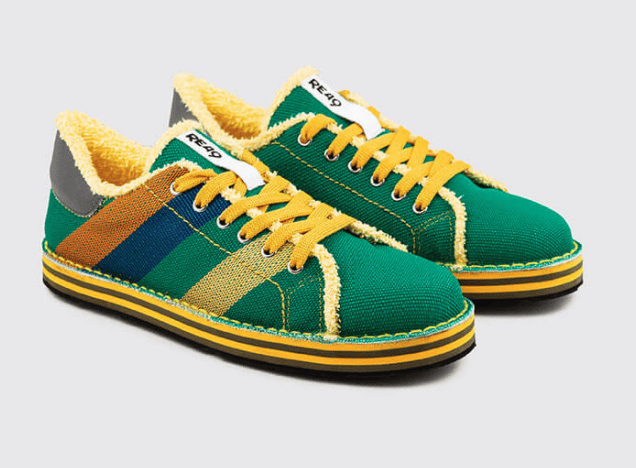
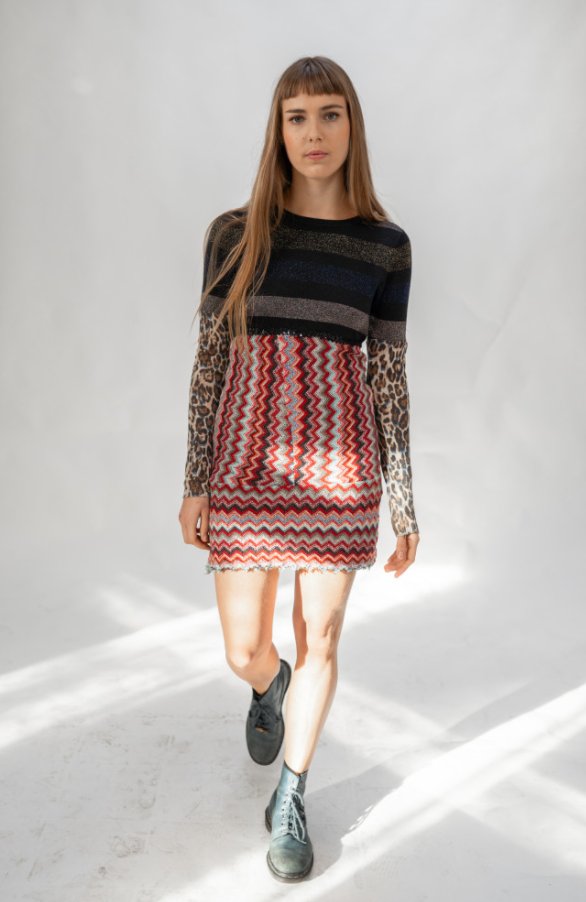

What Makes Upcycling Positively Impactful?
Upcycling materials essentially removes them from their eternal destiny, the landfill. By giving them a second life, we can channel our creativity while preserving the environment.
Our world is drowning in consumer goods. We do not need to make more; we need to utilize what we already have.
Editor’s Note: The opinions expressed here by Impakter.com columnists are their own, not those of Impakter.com. — In the Featured Photo: Sewing Kit. Featured Photo Credit: Darling Arias.


